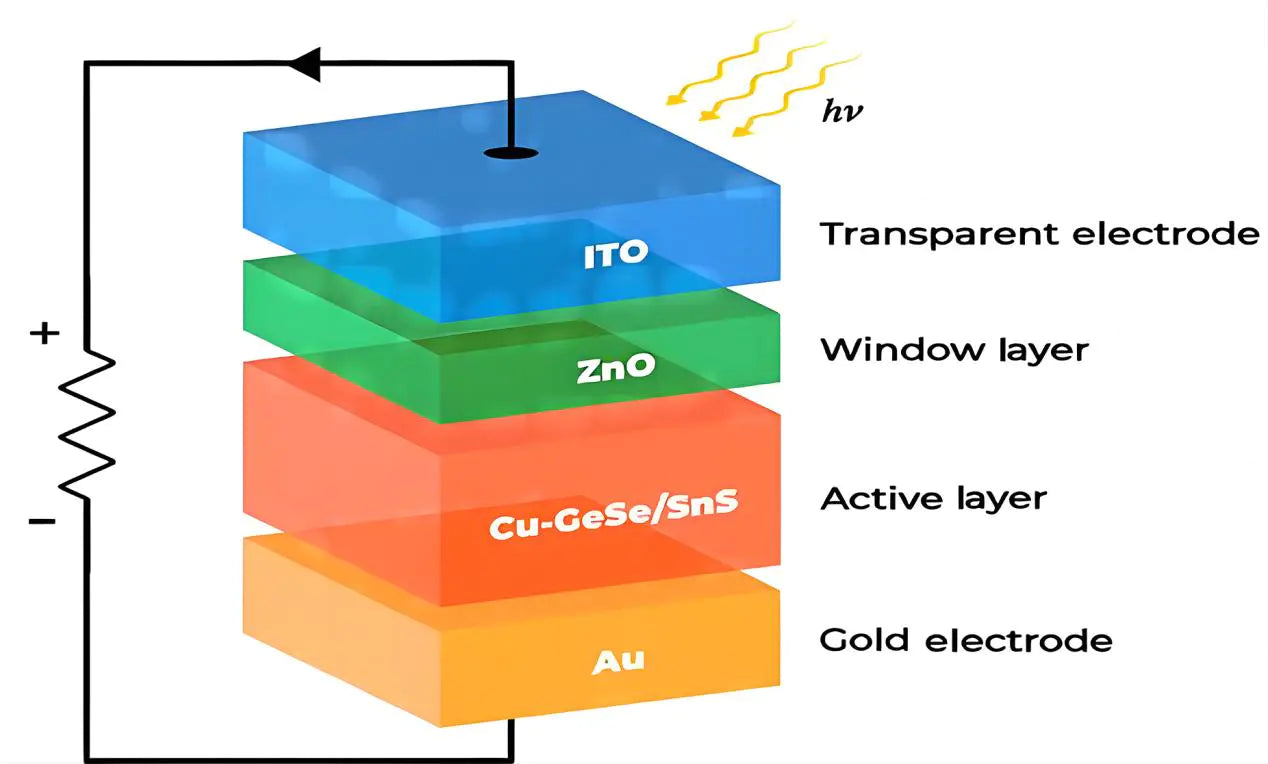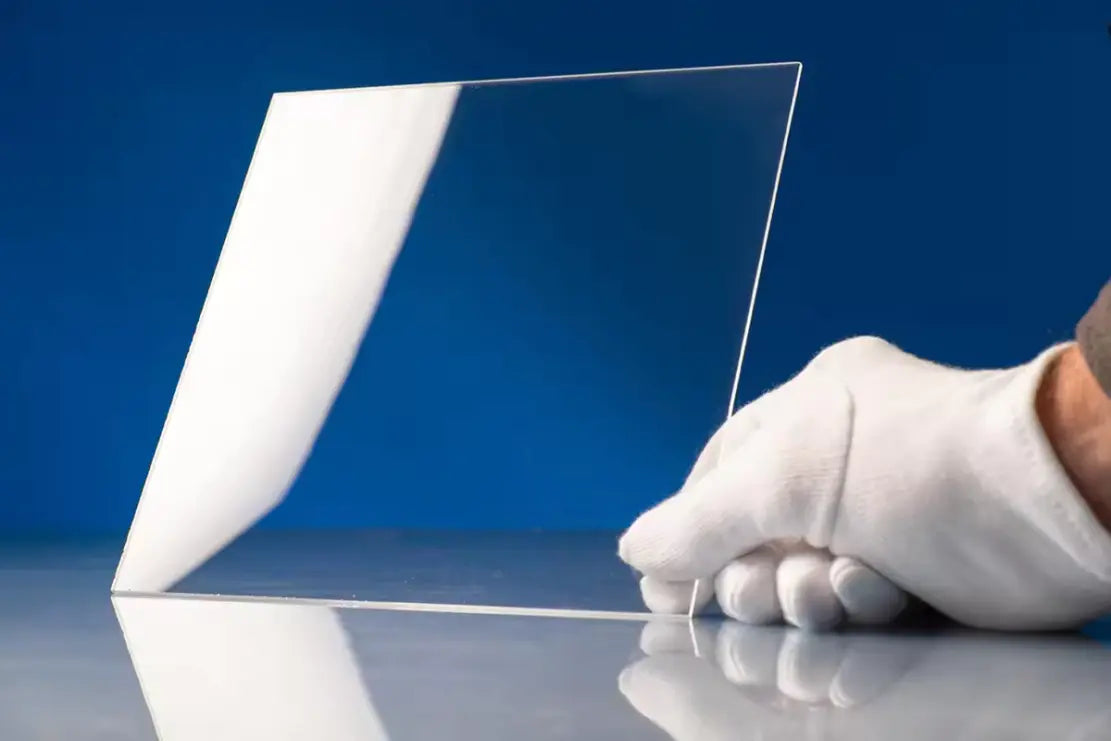In New Way’s glass processing factory, there is usually a separate silk screen printing room. This room is isolated from other areas of the factory, with its door typically kept closed. Only those needing to print patterns or logos can enter the silk screen printing room to perform silk screen printing tasks.
Explanation of the Screen Printing Process
Screen-printed glass involves applying a layer of ceramic glaze to the surface of the glass, which is then heated to high temperatures to make the glaze firmly adhere to the glass surface. This process ensures bright colors that never fade or peel. The ceramic glaze, also known as glass ink or printing material, is a paste made by mixing coloring materials and binders. The coloring material consists of inorganic pigments and low-melting fluxes (such as lead glass powder), while the binder is commonly referred to as "plate oil" in the screen printing industry. The printed glass products need to be placed in a furnace and baked at a temperature of 520-600°C, solidifying the glaze onto the glass and forming vibrant decorative patterns.
Screen printing on glass is a crucial step in glass processing, where skilled screen printers create the desired patterns. There are two types of screen printing: machine screen printing and manual screen printing. Screen-printed glass is often used for interior decoration, such as partitions, mirrors, and schools. Combining screen printing with other processing methods can yield more desirable results. For instance, using polishing, engraving, or etching techniques before or after printing can significantly enhance the printing effect.

Key Considerations for Glass Screen Printing
1.Preparation Before Printing:
To achieve good printing results, the screen production must be well done. The tension of the mesh, the stability of the frame, and the accuracy of pattern production must not exceed 0.05mm. The mesh tension can be adjusted according to specific requirements, and sometimes a 45-degree angled screen is needed for printing.
2.Screen Printing Workshop Environment:
The environment in the screen printing workshop is crucial. Ideally, it should be a 100,000-level cleanroom with workers wearing antistatic clothing, masks, and hats to maintain stable humidity and cleanliness.
3.Selection of Screen Printing Ink:
It is essential to choose branded inks due to their higher quality, finer particles, and better adhesion. Due to the unique properties of glass, both low-temperature and high-temperature inks can be used. Low-temperature ink is typically two-component, while high-temperature ink is single-component and must be mixed with a special thinner. It is crucial not to use 783 thinner for mixing. High-temperature ink shows good adhesion only after the glass is tempered.
4.Printing of Semi-Transparent Windows:
This is the most critical aspect of glass screen printing. It requires the semi-transparent window to be free of fine particles and knife marks, with a stable light transmission index.
5.Post-Printing Packaging and Handling:
After screen printing, the glass should be packaged in thin plastic bags and separated with pearl cotton to effectively prevent secondary scratches.
Conclusion
Silk screen printing technology is a vital process in the glass industry, offering durable and vibrant decorative options for various applications. By understanding and adhering to key considerations in preparation, environment, ink selection, printing techniques, and post-printing handling, the quality and appearance of screen-printed glass can be significantly enhanced. At New Way Glass, we pride ourselves on our advanced silk screen printing capabilities, ensuring the highest standards in all our products.






Optical Thin Film Coating Technology: Ultrasonic Spraying AR
Application of ITO Coated Glass in Solar Technology